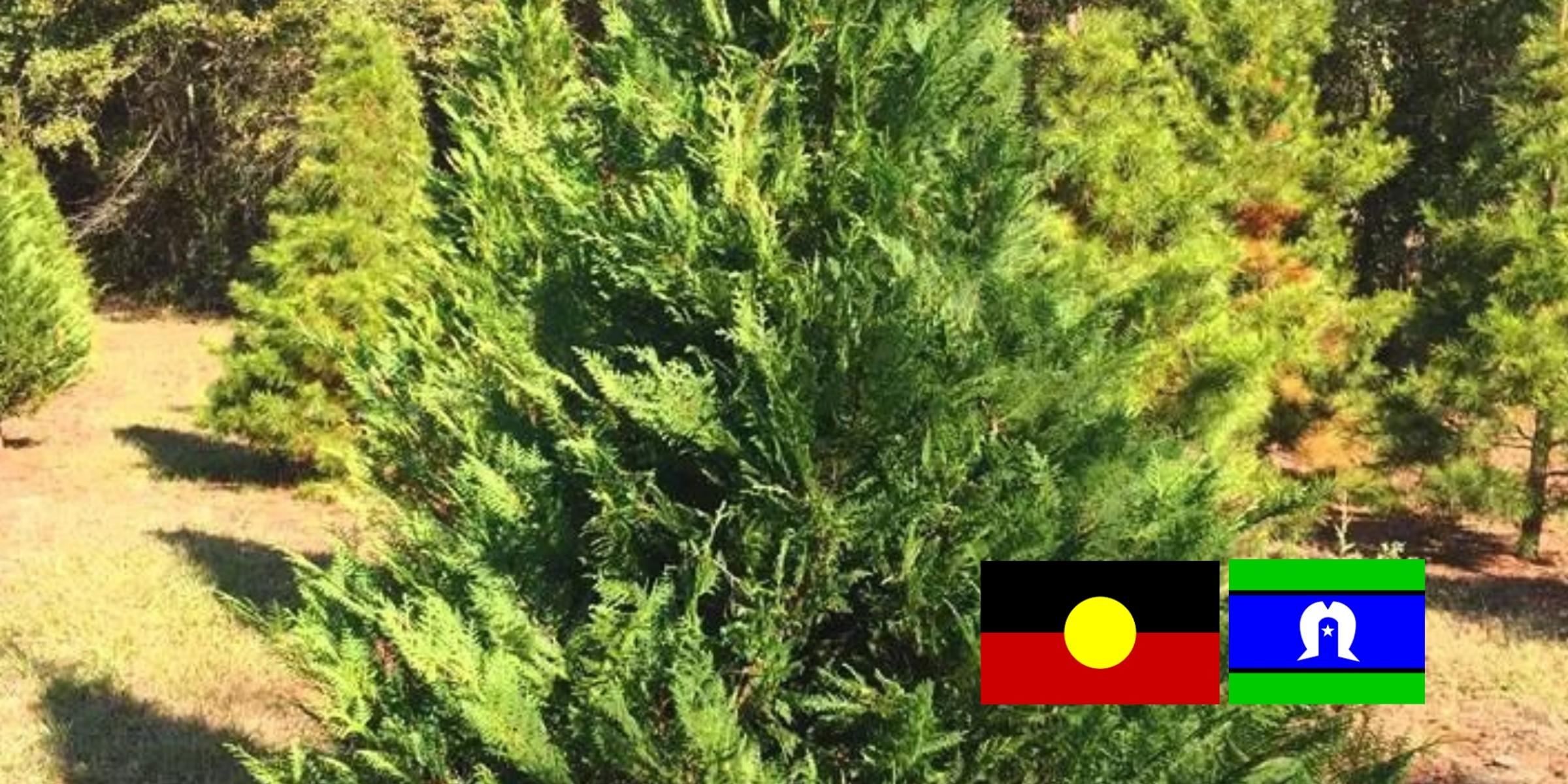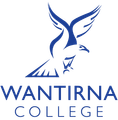Marrung News

Aboriginal and Torres Strait Islander readers are advised that this website may contain images, voices and names of deceased persons.
Yarning Circle
On Wednesday 8 May, our Koorie students came together to attend our first yarning circle of the year with our Koorie Engagement Support Officer, Lea Jones. Koorie Engagement Support Officers, which we often call our school KESO, are part of an area-based team of professionals with the Department of Education who understand Aboriginal culture and history of the community. KESOs support schools with Aboriginal and Torres Strait Islander learners to participate fully in education by providing advice and building capability within schools. Together with their student support colleagues, KESOs may guide schools about culturally inclusive learning environments, identify services to support student engagement and improved outcomes, and support schools to build relationships with Koorie students and families.
Our KESOs often connect with our students in schools through events such as yarning circles. A yarning circle is an important practice in Aboriginal and Torres Strait Islander culture which allows people to come together and connect, have a yarn (or talk), learn, build respect, and share cultural knowledge, stories and history. Yarning circles have been used across Indigenous communities for thousands of years to bring people together to collaborate on important decisions, which is how we came to invite Lea out to our school to help our Koorie students decide on the naming of our new stadium.
Lea supported our students to work through a list of Wurundjeri-Woiwurrung words that have been selected and offered to us by the Wurundjeri Land Council to consider for use with our new sport and performing arts centre. Our vision is to have the centre named in language, as well as four rooms within the centre – a dance room, drama room, gymnasium room and yarning room, so providing the Wurundjeri Land Council with a brief of what the space will be used for allowed them narrow down to a few words in Woiwurrung language for our Koorie learners to choose from that celebrates the multi-purpose of the new spaces and Aboriginal language.
Lea guided our students through the pronunciation and meaning of these words, explored the difference between Aboriginal pronunciation of letters and sounds and Western pronunciation, and encouraged the group to think about which words might best suit each space. She also spoke of the value of having buildings and rooms in our public spaces named in language to build awareness of Aboriginal language and encourage both Aboriginal and non-Aboriginal people to practice and use the language where we can to keep the language alive.
Our Koorie learners at the College who were unable to attend the yarning circle with Lea will be offered an opportunity to share their ideas about which words they connect with most via a poll with the words both written and recorded so they can hear the pronunciation, and the majority will then be decided. We are grateful to our Koorie students for their involvement in this process, and for sharing their voice on what this space will represent in our school and wider community in the future.
We thank Lea for her contributions to our school, and for the time and care she took with our Koorie learners to connect and explore Aboriginal culture, language, heritage and history. We look forward to working with her again in the future.
To our Koorie learners in the College, if you would like to participate in the next yarning circle with Lea, please contact Mr Elliott.
Student reflection:
On Wednesday period 1, I went to a yarning group session in Rees House to discuss the names for the new building being built where the bottom oval was. The names for the building are going to be indigenous words which were provided by the Wurrundjeri Council for me and some other Aboriginal/Torres Strait Islander students to choose from. I thought it was a great opportunity to be involved ~ Natasha
Woiwurrung Word of the Week
Deadly Reads
Is kangaroo an Aboriginal word? What does brolga mean? Many of the words Australians use every day have their origins in some of the hundreds of Aboriginal languages once spoken across the land. Today, about twenty of these languages are still widely spoken by children and adults. Aboriginal Words of Australia by Alexander Wycliff Reed offers Aboriginal words from around Australia, arranged alphabetically, and includes a small selection of common phrases and sentences, and is a great reference for anyone interested in knowing more about the original inhabitants of this vast continent. If you would like to pick up a copy of the book, please speak to our Library staff.
Koorie Beats
We understand that song and dance are important aspects of Aboriginal culture and identity, used in storytelling and ceremony for tens of thousands of years, and so hope to use this platform to share some of the Aboriginal and Torres Strait musicians we admire most.
Support Services
Please download the attachment for Knox Network/Victorian Indigenous Support Services and don't hesitate to contact us for further information.
Ashleigh Bibby
Leader of Wellbeing
Nick Elliott
Marrung Leading Teacher



